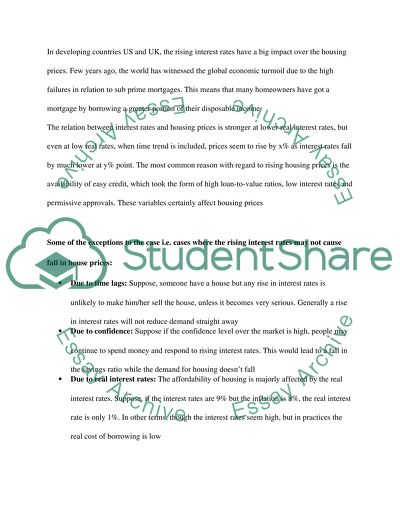Cite this document
(“How did the interest rate affect the housing prices What drives Essay”, n.d.)
Retrieved from https://studentshare.org/environmental-studies/1416438-how-did-the-interest-rate-affect-the-housing
Retrieved from https://studentshare.org/environmental-studies/1416438-how-did-the-interest-rate-affect-the-housing
(How Did the Interest Rate Affect the Housing Prices What Drives Essay)
https://studentshare.org/environmental-studies/1416438-how-did-the-interest-rate-affect-the-housing.
https://studentshare.org/environmental-studies/1416438-how-did-the-interest-rate-affect-the-housing.
“How Did the Interest Rate Affect the Housing Prices What Drives Essay”, n.d. https://studentshare.org/environmental-studies/1416438-how-did-the-interest-rate-affect-the-housing.


